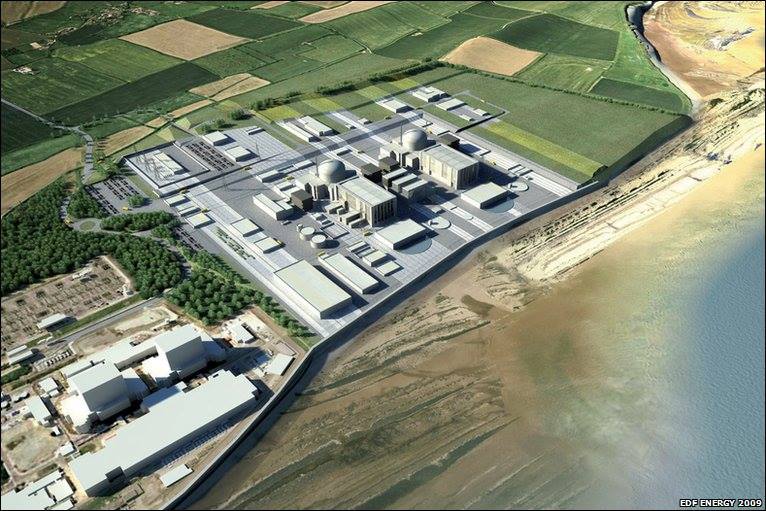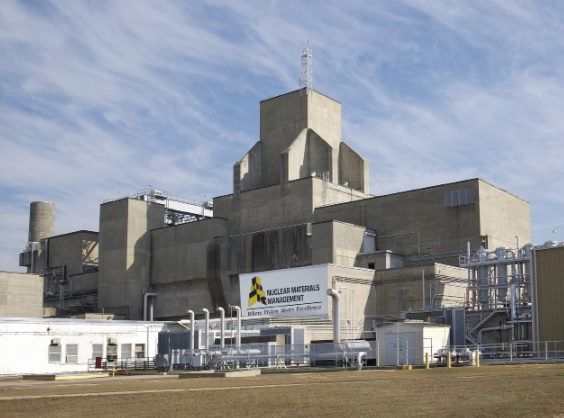 Turn on a football game this Sunday and you will see very large men in pads slamming into their opponents wearing pink shoes, socks, gloves, and other brightly colored pink garb. A somewhat ironic yet symbolic gesture by the National Football League, one that not only reminds fans that it is Breast Cancer Awareness month, but also reflects the mental and physical toughness of every single breast cancer patient or survivor and their families that have to deal with this frightening disease. As I pointed out in my last blog post on this issue, we have come a long way in terms of diagnosis and treatment, and medical procedures that utilize ionizing radiation deserve much of the praise. However, there is still much that can be done, since more than 230,000 new cases of breast cancer will be diagnosed in 2015 alone.
Turn on a football game this Sunday and you will see very large men in pads slamming into their opponents wearing pink shoes, socks, gloves, and other brightly colored pink garb. A somewhat ironic yet symbolic gesture by the National Football League, one that not only reminds fans that it is Breast Cancer Awareness month, but also reflects the mental and physical toughness of every single breast cancer patient or survivor and their families that have to deal with this frightening disease. As I pointed out in my last blog post on this issue, we have come a long way in terms of diagnosis and treatment, and medical procedures that utilize ionizing radiation deserve much of the praise. However, there is still much that can be done, since more than 230,000 new cases of breast cancer will be diagnosed in 2015 alone.





 The 285th edition of the Nuclear Energy Blog Carnival has posted at
The 285th edition of the Nuclear Energy Blog Carnival has posted at  Turn on a football game this Sunday and you will see very large men in pads slamming into their opponents wearing pink shoes, socks, gloves, and other brightly colored pink garb. A somewhat ironic yet symbolic gesture by the National Football League, one that not only reminds fans that it is Breast Cancer Awareness month, but also reflects the mental and physical toughness of every single breast cancer patient or survivor and their families that have to deal with this frightening disease. As I pointed out in my
Turn on a football game this Sunday and you will see very large men in pads slamming into their opponents wearing pink shoes, socks, gloves, and other brightly colored pink garb. A somewhat ironic yet symbolic gesture by the National Football League, one that not only reminds fans that it is Breast Cancer Awareness month, but also reflects the mental and physical toughness of every single breast cancer patient or survivor and their families that have to deal with this frightening disease. As I pointed out in my  Wednesday during National Nuclear Science Week is devoted to the topic of Nuclear Energy. Do you know how we use the energy obtained by splitting the atom to produce the electricity that charges up your phone, powers your TV and router, and lights your way? Click on the link below to see the basics.
Wednesday during National Nuclear Science Week is devoted to the topic of Nuclear Energy. Do you know how we use the energy obtained by splitting the atom to produce the electricity that charges up your phone, powers your TV and router, and lights your way? Click on the link below to see the basics.